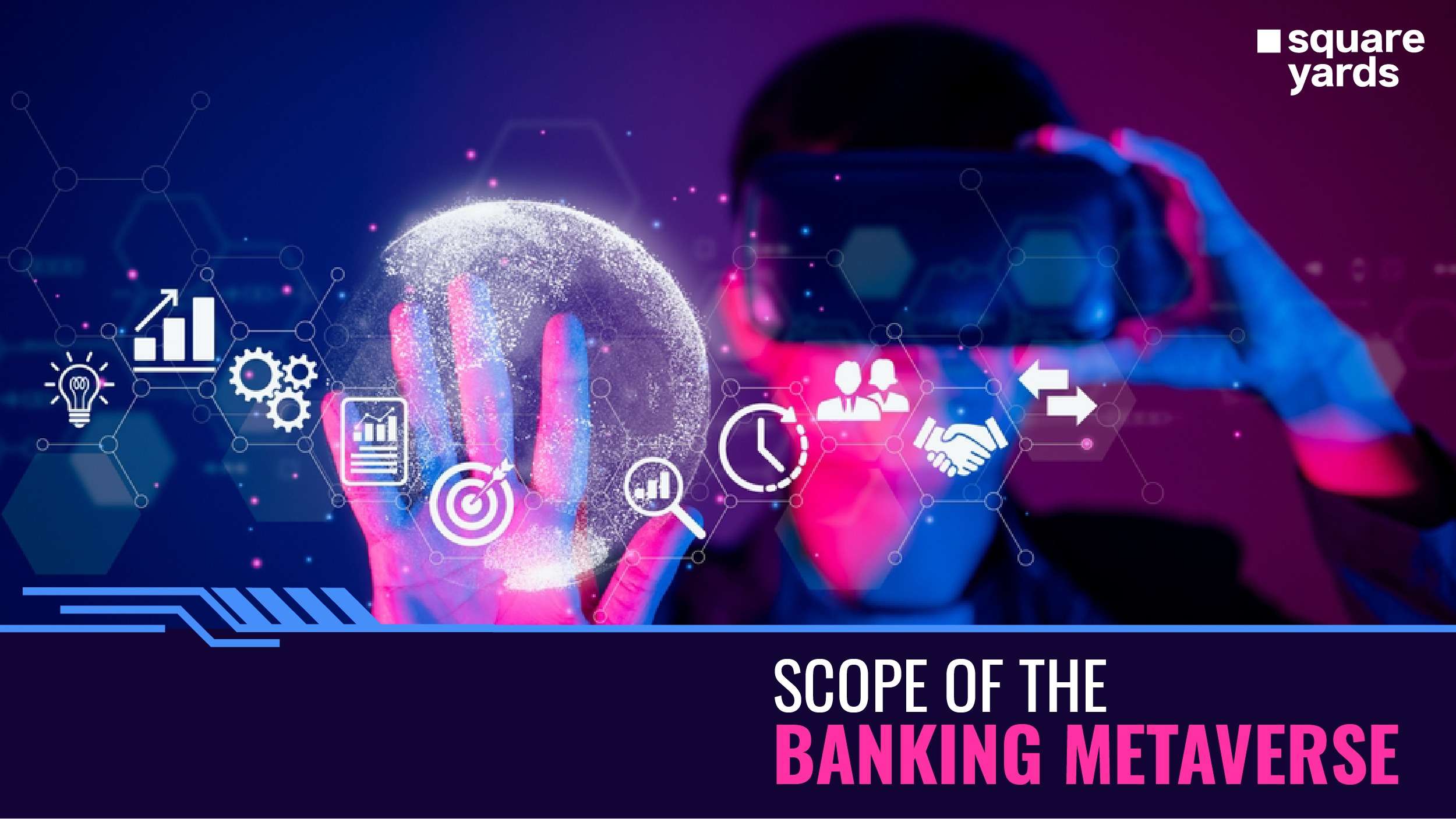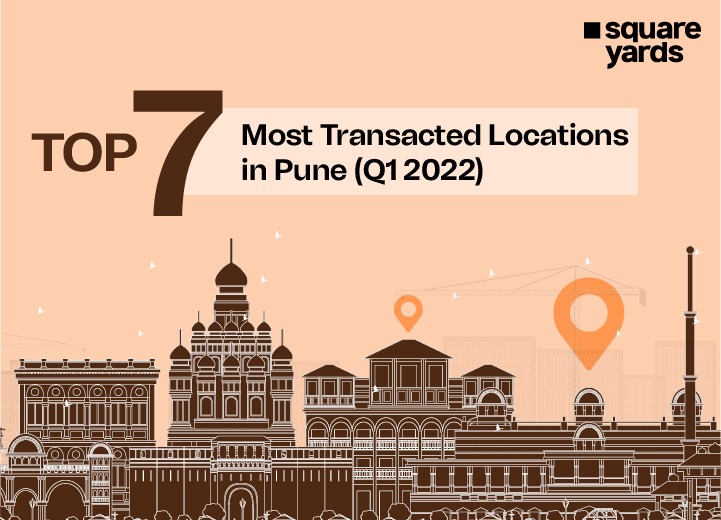Did you ever think that you would be able to visit any bank branch virtually or discuss your investment options with an advisor without ever leaving your home? Well, the day when you can access and manage banking products with just a VR headset is not far. Kiya.ai is one of the most advanced and futuristic digital banking services providers that serve governments and financial institutions worldwide. They have effectively gone further, announcing India’s first-ever banking metaverse- Kiyaverse.
This will effectively empower banks with a metaverse that would provide a virtual experience with a human touch, offering a deep and personalised customer experience. In this blog, let’s take a look at the Kiyaverse and what it could potentially mean for the Indian Banking sector.
Table of contents
What is the Kiyaverse?
Kiya.ai, a Mumbai -based company, has taken the first steps toward revolutionising the Indian Banking sector. Banks and NBFCs will use this to enhance their customer experience through virtual interactions.
| This concept will be rolled out in cleverly designed phases. The first phase will include services such as virtual relationship managers, virtual advisors, and digital avatars. |
Over the course of the subsequent few phases, Kiya plans to have tokens in the form of NFTs and central bank digital currencies to carry out various transactions. The company also released a statement stating that it will integrate API connectors with gateways and aggregators to create a super banking marketplace in the Kiyaverse.
see also@ The Metaverse Boom: Invest in (Un) Real Estate
How Will Kiyaverse Work?
It is expected that initially, Kiya will enable the banks to offer their metaverse to customers, partners, and employees through virtual Avatars and Robot Representation.
Kiyaverse will link Aggregators with its Open API connectors and gateways to establish a marketplace and super-app on the metaverse. This will be supported by the introduction of haptics-enabled headsets, which will help provide a near real-world-like experience by leveraging the human senses.
While digital banking processes have been typically inclusive and functionally interdependent, they are sometimes viewed as emotionally detached. Banks can now use cutting-edge technology and a much-needed human element to improve and personalise customer interaction significantly.
Kiyaverse offers practical applications in the metaverse that are applicable for business use cases in the real world. Banks will now be able to harness the endless potential of modern UX to produce the best results for gamification and data visualisation of the procedures.
Kiyaverse aims to provide a cross-functional muti-experience using virtual avatars across mixed and virtual reality environments. This will effectively bring banking services from the real world to the virtual world.
Further, the Kiyaverse also provides 3-dimensional data analysis for banking organisations:
- Risk Analysis
- CMO insights
- Channel Analytics
- Product Performance
What Does it Mean for Customers?
For the Indian banking sector clients, it will all begin with a simple Avatar creation. This avatar can be accessed using a VR set, mobile, and laptop. Users will experience simple banking operations in the virtual world and interact with relationship managers; AI-based interaction is one of the key driving forces of the metaverse. Further, clients will also get solutions like wealth management, loan details, portfolio analysis, etc.
Check out some of the value delivered to customers through the Kiyaverse:
- Avatar creation and customising
- AI-based virtual twins for business interface
- Onboarding of new customers and ReKYC
- Portfolio management and analysis
- Personalised Virtual Reality and Mixed Reality environments according to the customer’s needs.
- Gesture-based navigation system
Banking Metaverse around the World
After the unprecedented success of digital banking, many banks globally are now hopping onto the bandwagon to provide an ‘out-of-this-world’ customer experience through the metaverse. Producing new things for a metaverse is increasingly appealing in a manner that comes along once in a while for any business, and financial institutions do not want to be left chasing this time.
Banks have begun to explore virtual reality options to provide more personalised customer experiences. Barclays recently announced its plans to open a Virtual Reality Centre in London where customers will be able to buy clothes and customise their virtual reality avatars. The concept behind this launch is that in the not-so-distant future, you will be able to walk into a store and use VR goggles to see how a purchase would look before making the final decision.
Metaverse in banking has rapidly become a reality for many reputable companies. For instance, CBM bank in the USA has already started work on a virtual immersive world experience for its clients via metaverse solutions that will be available on augmented reality products. Further, MetaVRse members are working to create a financial ecosystem based on blockchain technology that provides innovative solutions like user-controlled digital identities, KYC compliance through outsourcing mechanisms, and registration services.
This project aims to create an open virtual infrastructure platform with enhanced privacy protection compared to existing public blockchains by leveraging advanced AI technologies and cryptography.
Learning Curve for Banks
With the introduction of the banking metaverse, banks can offer personalised customer experiences while maintaining the financial security of the data. A recent study in the USA revealed that 43% of banking customers were comfortable using virtual reality for everyday banking activities like checking accounts and making payments. With more banks adopting VR technology, this number is expected to grow worldwide.
So, what does this mean for banks? The most evident and immediate possibility is that this is a learning opportunity rather than a financial one. This is an opportunity for banks to get a strong foothold in the sector by making significant developments in:
Digital Currency
Digital currency might find a new meaning in the metaverse, as users may be able to make payments in cryptocurrencies or even with their personalised tokens.
Digital Banking
Just imagine being able to deposit money into your bank account using virtual reality. The banking metaverse makes it possible for the customers to take care of their banking needs without having to leave the safety of their homes.
Customer Experience
Customer experience is the main driving factor of the metaverse. Banks will provide a simply unbeatable service by creating a realistic and immersive environment. This is where virtual reality comes into play; it can transport customers to another world, creating an atmosphere that makes them feel like they are in the bank.
Collaboration
In the banking metaverse, banks will have to partner with various financial technology companies to provide a superior customer experience. This concept aims to bring multiple banking providers together effectively rather than a single app the bank provides for financing alternatives.
see also@ Metaverse and NFTs: Are They Indian Celebs’ New Favourite?
To Infinity and Beyond?
As it stands, the premise seems to be favourable for the banking sector. This is the perfect opportunity for banks seeking to provide an immersive experience for their users. Leveraging VR technology may enable banks to offer unique and captivating environments for users to conduct banking activities in a safe environment.
However, banks must ensure seamless collaboration with fintech companies to appropriately revolutionise a metaverse type-based service. It is still very early to be sure of the success of this initiative, as it depends on several factors. Educating users about it is a task, as there will be inevitable resistance to change. However, early propagators of this idea were sure they would be able to deliver on this concept.
Banking is set to take on a completely different meaning in the metaverse. So are you ready to be introduced to the new ‘Avatar’ of the banking sector?





































